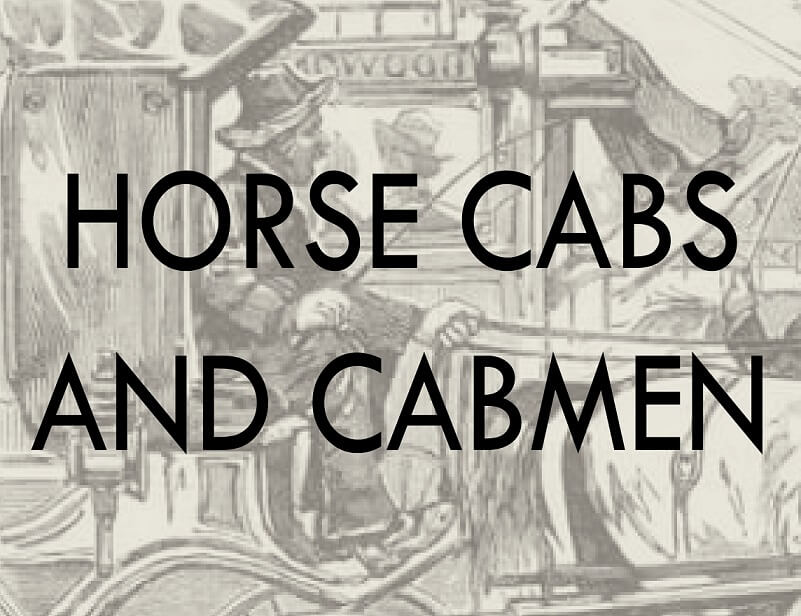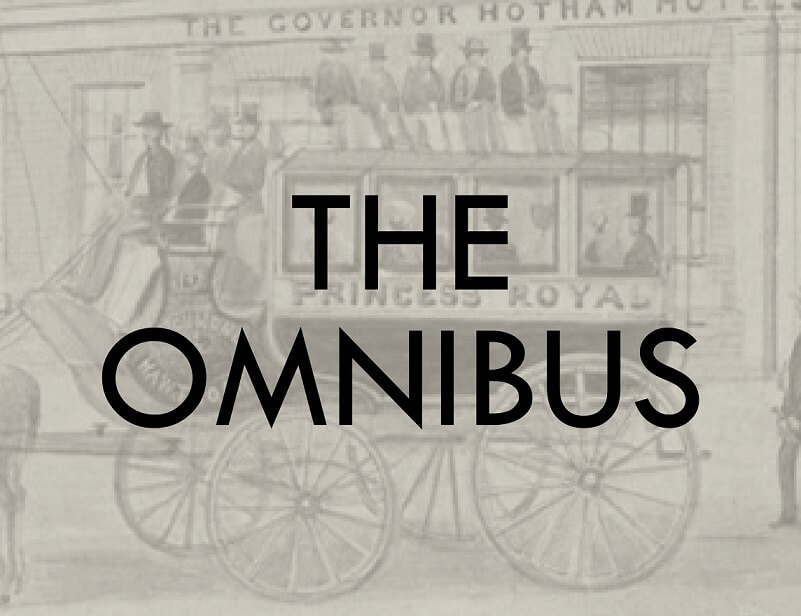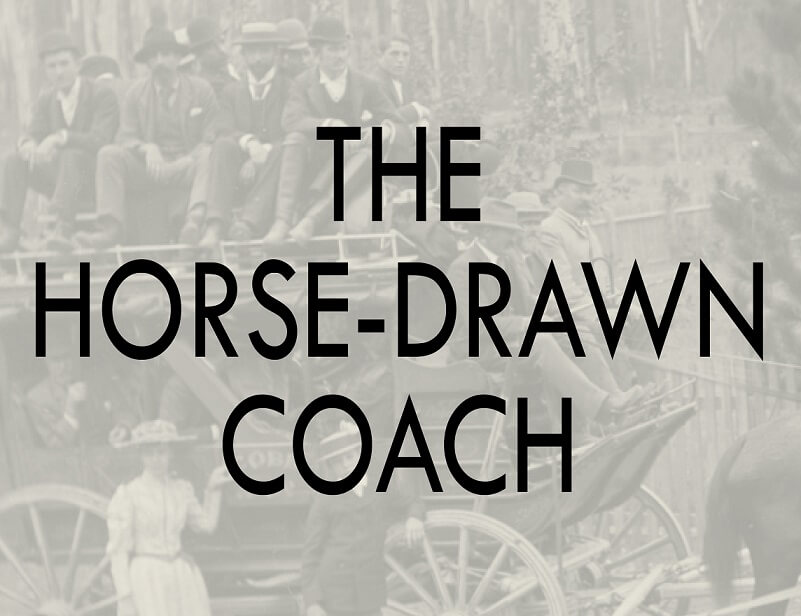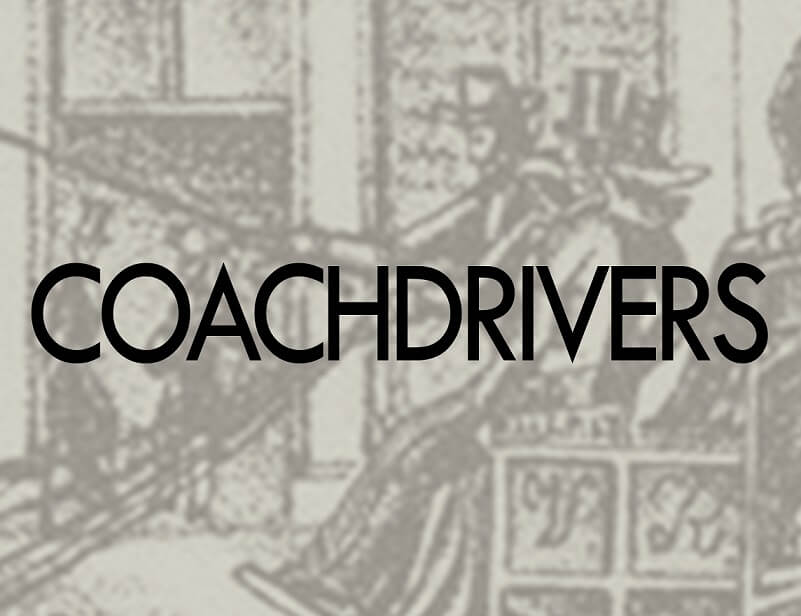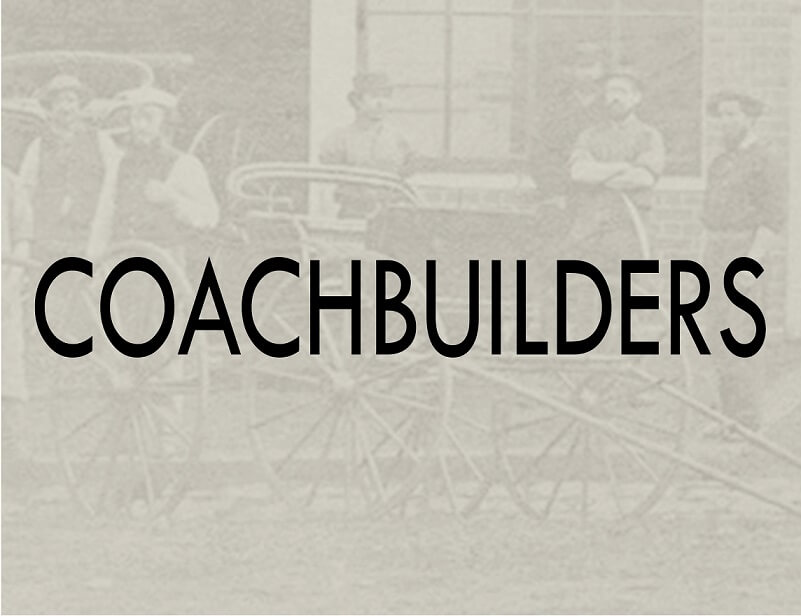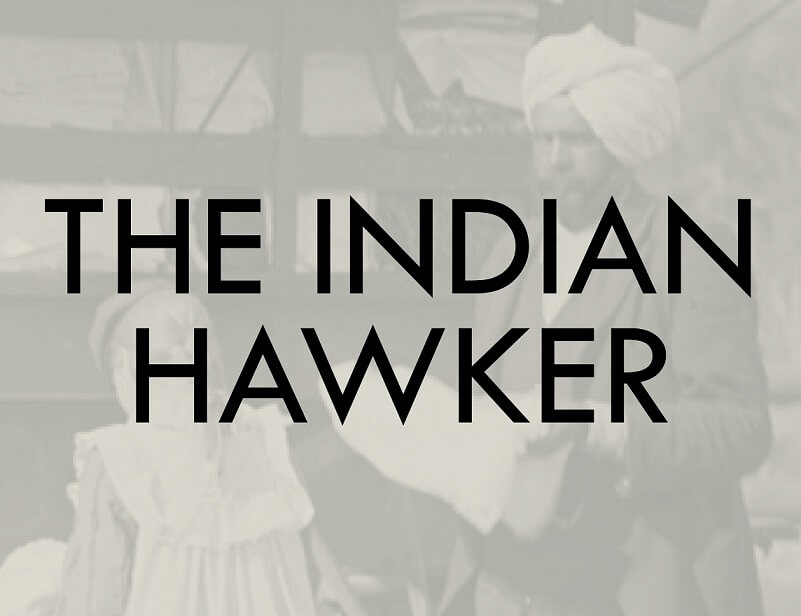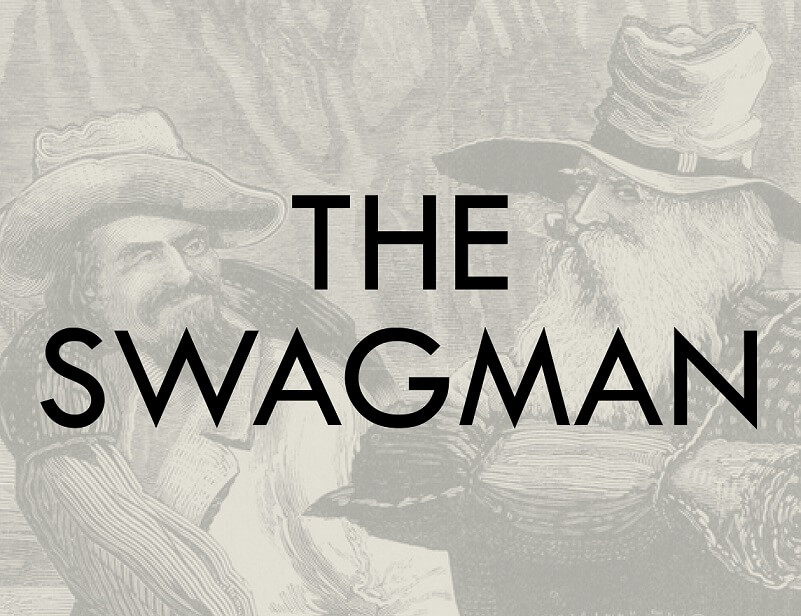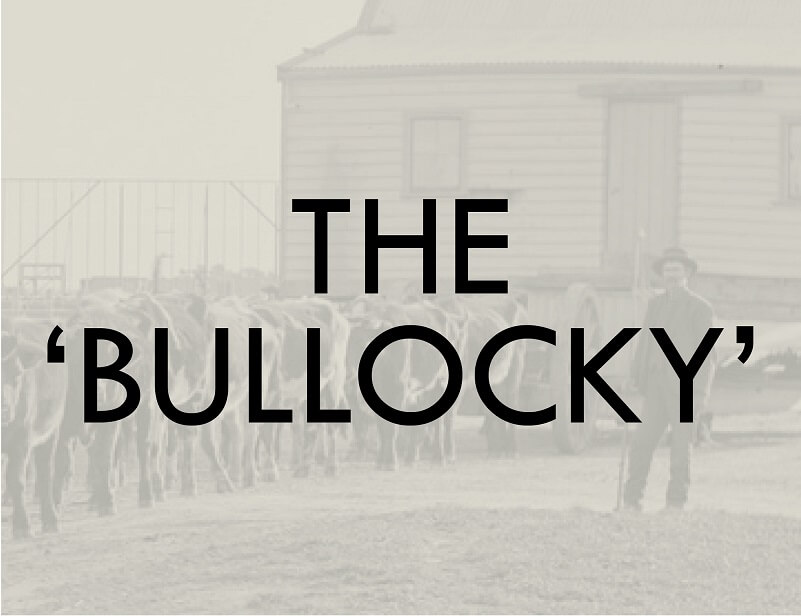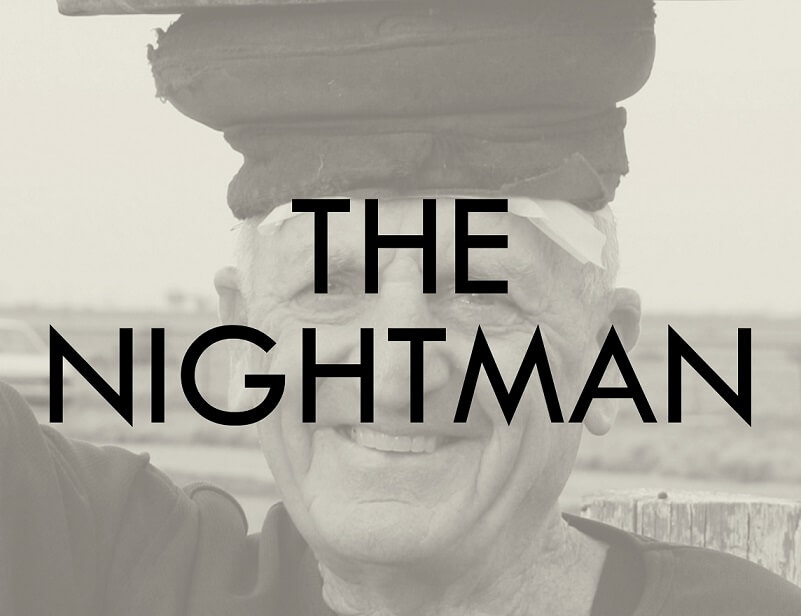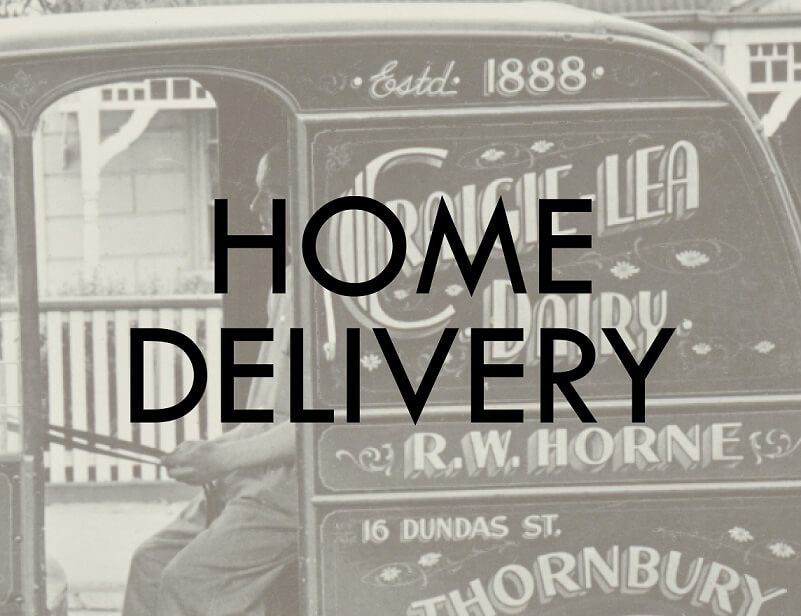On Boxing Day the roads throng with vehicles conveying people out of town, the principal thoroughfare being St. Kilda Road. Here we see an endless procession of conveyances. They rush past us with noise and clouds of dust – an omnibus loaded inside and out, looking top heavy from the number of fares upon the roof; an Albert car, licensed to carry six persons, conveying about double that number; a railway cart full of happy well dressed people; a group of horsemen winding in and out; a butcher’s car with a noisy crew of youths; a parcel delivery van exhibiting bunches of arms and clusters of legs; a canvas covered wagon filled with school children bound on a picnic, singing and shouting and laughing; a gentlemen’s carriage with attendant flunkeys, and an escort of fashionable equestrians; a cart from Paddy’s Market; a cluster of buggies and phaetons… more dust with more rattle and noise, continuing for the whole forenoon.
David Kennedy, Kennedy’s colonial travel: a narrative of a four years’ tour through Australia, New Zealand, Canada, &c, 1876
Progress
In the Factory
In the Office
In the Home
On the Water
In Print
On the Land
On the Street
On the Tracks
-On the Road
In the Shadows
Odd Jobs
Before cars and trams the roads belonged to horses and the city echoed with the crack of whips and the shouts of drivers. Wagons, vans, spring carts and lorries were used for carting and delivering goods. The wealthy drove carriages and ‘dog carts’, while two-wheeled 'jingles' were available for hire. By 1860, 28 horse-bus services ran from Bourke Street, followed by horse-tram lines from the city to the inner suburbs. Even at night, the roads were busy. Under the cover of darkness the nightman drove his horse and cart collecting toilet waste, or ‘nightsoil’, from backyard privies, working late at his odorous task.
In the city
Perhaps no country in the world worshipped the horse with the same fierce veneration as Australia in the nineteenth century.
Geoffrey Blainey, The Tyranny of Distance: How Distance shaped Australia’s History
Nineteenth-century Melbourne depended on horses. Horses hauled private vehicles and goods to shops, homes, factories and docks. They powered machinery in mills and factories, raised and pumped water, drove hoisting devices and construction equipment. For the residents of Melbourne there were cabs and buses and Victoria's first trams. One of the most popular horse trams carried passengers from Sandringham to Beaumaris along the sea front. It was so slow that young boys would drop off, call in at a sweet shop and race after it to climb aboard again.
By the 1880s as many as 20,000 horses were stabled in Melbourne, all needing to be shod, groomed and fed. An extensive horse ‘service economy’ arose. Most large city streets had a blacksmith, ironmonger, saddler, tack or feed merchant - a working horse consumed around 14 kg of fodder per day! You could even buy a horse in the city. According to historian, Andrew May, Kirk's Melbourne Horse and Carriage Bazaar in Bourke Street first advertised for business in 1840, and by the 1850s Bourke Street West was known for its horse bazaars and saleyards: ‘The congregation of harness rooms, haylofts, granaries, farriers, saddlers, and the 'bull ring' for unbroken horses, lent this part of town a vibrant and hectic atmosphere.’
A carriage trade also developed and colonial coachbuilders set up shop in the city - some with large showrooms for the well-to-do, others making bakers’ carts, milk carts and drays for market-gardeners. Each stage of production was time-consuming, requiring a host of skilled (and now obsolete) workers — body builders, blacksmiths, wheelwrights, trimmers and painters. The coaching business (coach production, maintenance and the allied equine industry) accounted for a substantial proportion of the city workforce.
Horses were essential but were blamed for traffic congestion and seen as a menace to the health and cleanliness of the city. Pedestrians bemoaned the ever-present piles of horse manure and shop owners resented horse feed blowing from loose bags into the streets and shops. Ownership of motor vehicles increased after World War II and by the 1950s only about 1.5 per cent of city traffic was horse-drawn. All that remained were the odd milk and bakers’ carts, or the butchers’ and stationers’ delivery wagons.
In the country
On country roads, the pace slowed. Bullock drays, the backbone of early Australia's transport, laboured along rough bush tracks, their drivers walking beside them. During the gold rush there were thousands of drays on the road. As country settlements developed, bullocks hauled agricultural products to market or later, to the nearest railway siding, returning with stores and equipment.
Swagmen, the most iconic of Australian characters, travelled the country roads looking for work, their presence noticed more in times of economic uncertainty. It was not an easy life. Swagmen (rarely swagwomen) carried their belongings on their backs, sometimes walking up to 30 kilometres per day in search of their work.
These country roads provided inspiration for Australia’s early writers and painters. Poets like Henry Lawson and artists like Frederick McCubbin, immortalised the bullock teams and their drivers, while the swagman, or ‘swaggie’, features in Australia’s unofficial anthem, ‘Waltzing Matilda’.
Author: Ann Wilcox
Next Topic: In the Shadows
Further Reading
Online resources
Australian Dictionary of Biography
Museum of Applied Arts and Sciences
Secondary sources
Andrew J. May, Melbourne Street Life, North Melbourne, Australian Scholarly Publishing Pty Ltd, 1998
Barbara Minchinton & Sarah Hayes, ‘Dating Melbourne's cesspits: digging through the archives’, Provenance: The Journal of Public Record Office Victoria, issue no. 16, 2018
Dirk H.R. Spennemann, ‘Patterns of Late Nineteenth and Early Twentieth Century Land Use by Punjabi Hawkers in Southern New South Wales, Australia’
Don Watson, The Bush: travels in the heart of Australia, Melbourne, Victoria, Penguin Group Australia, 2014
Geoffrey Blainey, Black kettle and full moon: daily life in a vanished Australia, Camberwell, Victoria, Penguin, 2004
Geoffrey Blainey, The Tyranny of Distance: how distance shaped Australia’s history, South Melbourne, Victoria, Macmillan, 1974
Ian Simpson, ‘Decent Fellows, Making an Honest Living: Indian Hawkers
in White Australia’, History Australia, 13:3, 2016
Joseph Jenkins, Diary of a Welsh swagman, 1869-1894 [by Joseph Jenkins]; abridged and annotated by William Evans, South Melbourne, Victoria, Macmillan, 1975
Malcolm Kennedy, Hauling the Loads: a history of Australia’s working horses and bullocks, Rockhampton, Queensland, Central Queensland University Press, 2005
Margaret Allen, ‘’A Fine Type of Hindoo’ Meets ‘the Australian Type’: British Indians in Australia and Diverse Masculinities.’, in Deslie Deacon, Penny Russell and Angela Woollacott, Transnational Ties. Australian Lives in the World, Canberra, Australian National University e-Press, 2008
Margaret Allen, ‘Otim Singh in White Australia’, in Susan Hosking, Rick Hosking, Rebecca Pannell & Nena Bierbaum eds., Something Rich & Strange: Sea Changes, Beaches and the Littoral in The Antipodes, Kent Town, South Australia, Wakefield Press, 2009
Miles Lewis, Melbourne: the city’s history and development, Melbourne, Victoria, City of Melbourne, 1994
Nicolas Brasch, Horses in Australia: an illustrated history, Sydney, NSW, NewSouth Publishing, 2014
Olaf Ruhen, Bullock teams: the building of a nation, North Ryde, N.S.W., Cassell Australia, 1980
Sam Everingham, Wild Ride: the rise and fall of Cobb & Co, Australia, Stethoscope Publishing, 2016
Sarah Hayes and Barbara Minchinton, ‘Cesspit formation processes and waste management history in Melbourne: evidence from Little Lon’, Australian Archaeology, Vol. 82, No. 1, 2016
Susan Priestley, Making their Mark, McMahons Point, NSW, Fairfax, Syme & Weldon Associates, 1984
Tim Callanan, ‘Even at the height of the gold rush, Melbourne was an absolute dump’, article published on ABC News online, 27 June 2021
Tony Dingle, Settling, McMahons Point, N.S.W., Fairfax, Syme & Weldon Associates, 1984
Benjamin Lindner, Waltzing Matilda – Australia’s Accidental Anthem, Queensland, Boolarong Press, 2019
Yarra Glen & District Historical Society, newsletter, Issue no. 39, Ma7 2011, accessed online, http://www.yarraglenhistory.com.au/img/uploaded/392011May.pdf

